The menhaden reduction fishing industry is pointing to the Atlantic-wide assessment to push back on angler advocacy for menhaden and sportfish in the Bay—here’s our response
At the Atlantic States Marine Fisheries Commission meeting on August 3, the stock assessment for Atlantic menhaden showed that the stock is not overfished, nor is overfishing occurring. Omega Protein, the foreign-owned company that operates all menhaden reduction fishing vessels in the Atlantic, pointed to the assessment as evidence that their practices aren’t harming fisheries. Their basic message to angling groups that are pushing to move reduction fishing out of the Chesapeake Bay? Back off.
But the effects of the localized harvest of more than 112 million pounds of menhaden annually from the Bay are not included in this latest stock assessment. “Overfished” is a coastwide designation given for the status of the fishery from Maine to Florida—it does not make distinctions for unique places like the Chesapeake Bay.
It is true that the implementation of ecological reference points into the ASMFC’s menhaden management model in 2020 was a crucial step for this forage fish that serves as the base of the marine food web. But the latest stock assessment update was a single-species assessment, not an ecological reference points assessment. This means that the information used does not include the current impacts of overfishing other forage fish, like Atlantic herring, which would likely alter the impacts of the menhaden fishery on predators like striped bass and bluefish.
The ERP assessment from 2020 used multiple predator and prey species to model the ecosystem, including bluefish, weakfish, spiny dogfish, and Atlantic herring. But for the assessment release this month, these species “were assumed to be fished at 2017 levels,” according to the ASMFC, meaning that the ecosystem-level data is five years behind.
Meanwhile, there are no scientific data specific to the Bay that assess the impacts of the reduction fishery on predator species like striped bass, red drum, and osprey. It should not be up to the ASMFC or the public to prove that the menhaden reduction fishery is causing harm to the Bay. It should be up to Omega Protein to prove to the public that this resource is being equitably harvested, leaving enough forage in the water to maintain the ecosystem and the regional economies that depend on it.
According to the scientists who created the ERP model, it is based on the tradeoff between menhaden harvest and striped bass biomass. And this type of tradeoff relationship is central to any forage fish management system. Moving menhaden reduction fishing out of the Chesapeake Bay would make more menhaden available to juvenile and adult striped bass within the Bay—the primary nursery ground for 70 to 90 percent of the Atlantic coastwide population—and would increase stock biomass to sustainable levels.
The 2018 striped bass stock assessment showed that the stock was overfished and overfishing was occurring. While the TRCP and our partners supported an 18-percent striped bass harvest reduction in 2020, it is expected that this October’s updated stock assessment will still show that striped bass are overfished.
We know that 30 percent of the striped bass diet is composed of menhaden and the Bay accounts for 70 to 90 percent of the Atlantic striped bass stock. Why is it that we still allow the menhaden reduction fishery to harvest hundreds of millions of menhaden that serve as critical forage for our nation’s most iconic saltwater gamefish?
Every other East Coast state except Virginia has seen the value of leaving more menhaden in the water to support coastal ecosystems. All but Virginia have acted in favor of their coastal economies and tourism by abolishing the practice of menhaden reduction fishing in state waters.
Our coalition of concerned anglers, manufacturers, local businesses, and conservationists is dedicated to commonsense fisheries management, which considers the needs of the ecosystem as well as ALL the user groups that enjoy and utilize it. If you, too, want to see the Chesapeake Bay return to the fishery it once was, join us by signing this petition to move menhaden reduction fishing out of the Bay, so that predators like striped bass can begin to rebuild.
Photo by Gaelin Rosenwaks. Follow her on Instagram @gaelingoexplore.


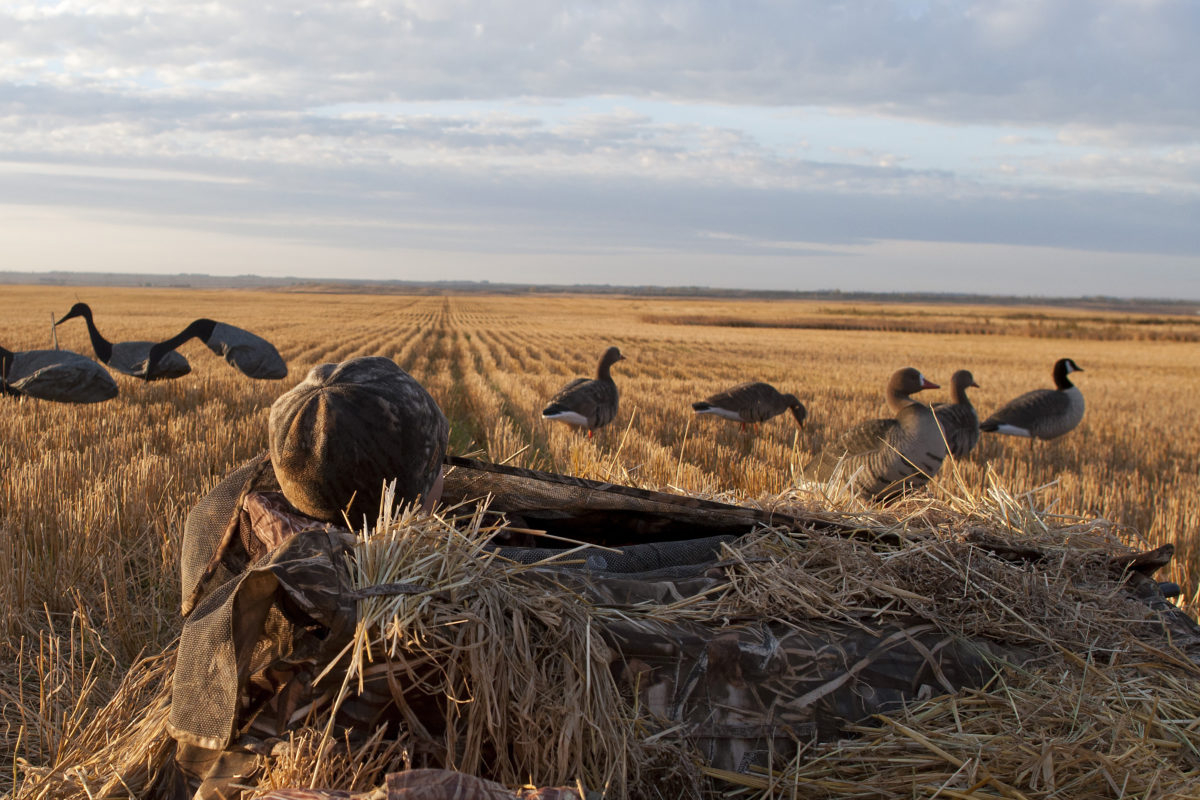
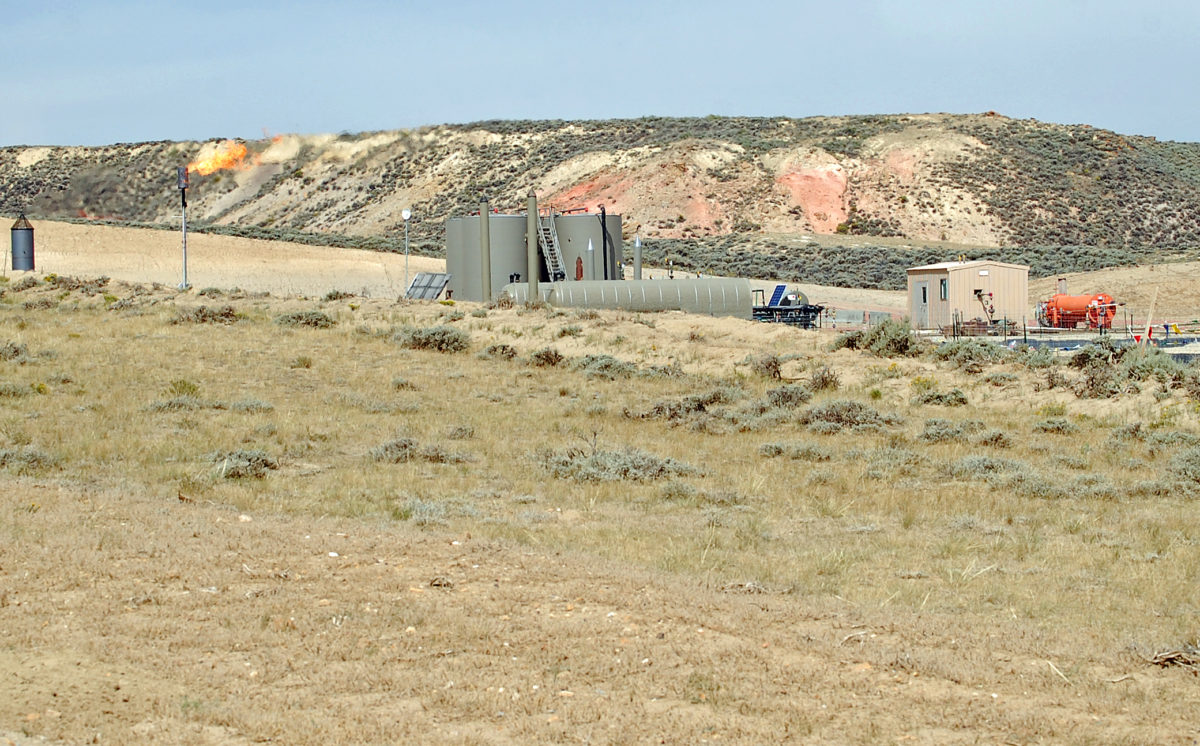
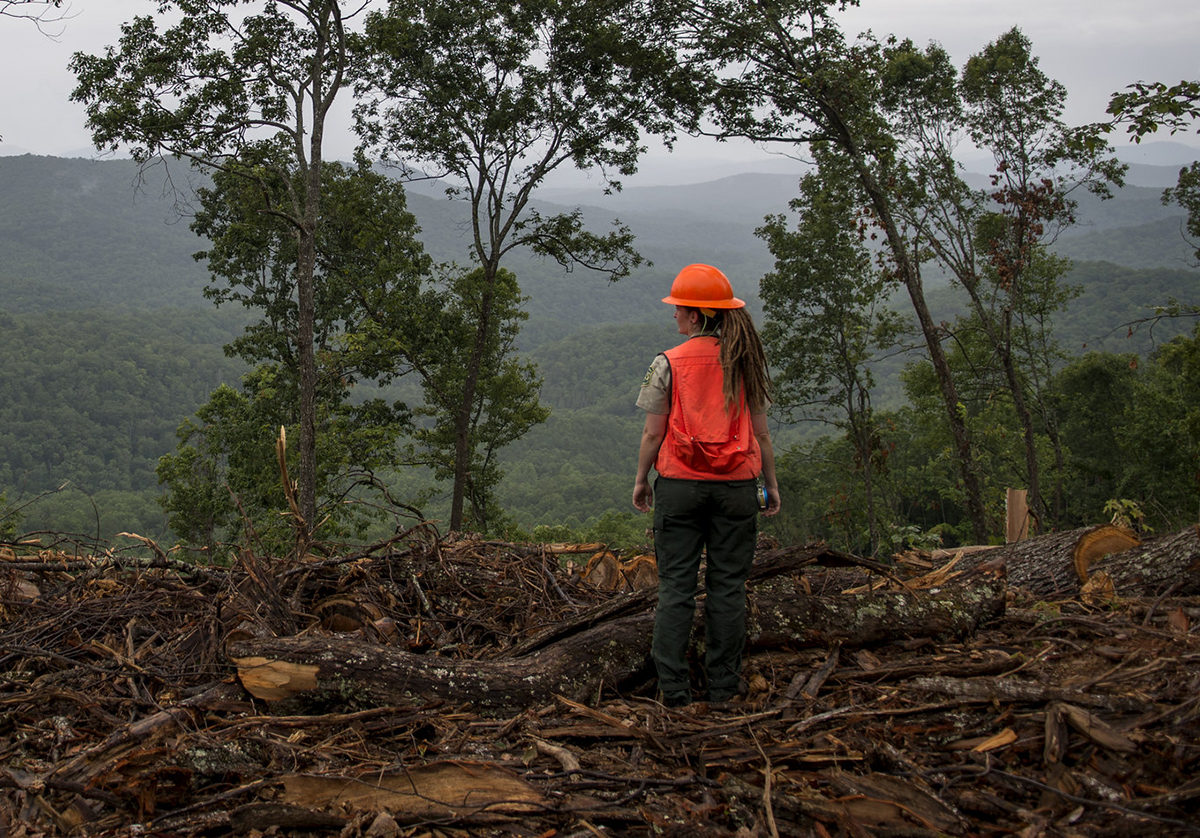
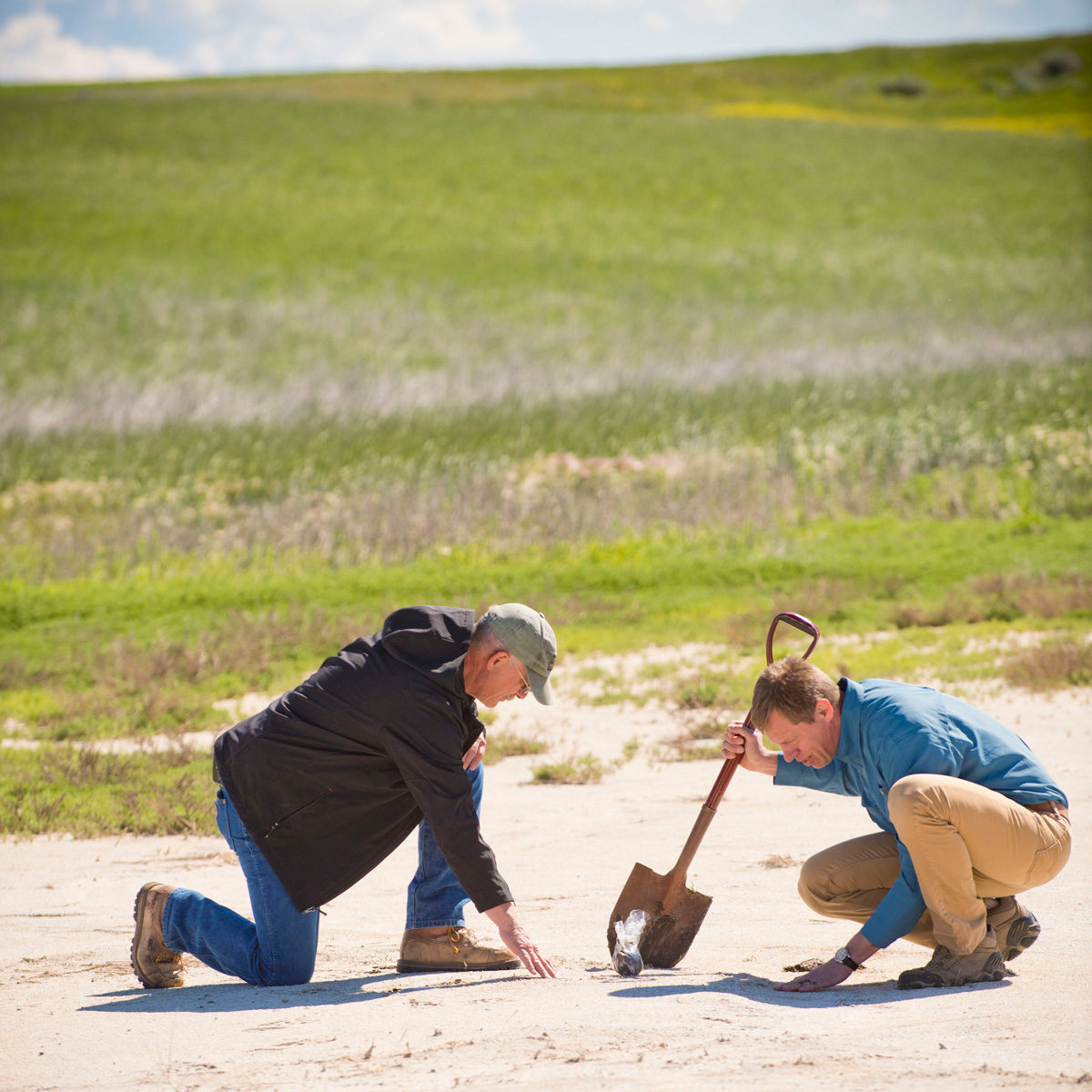
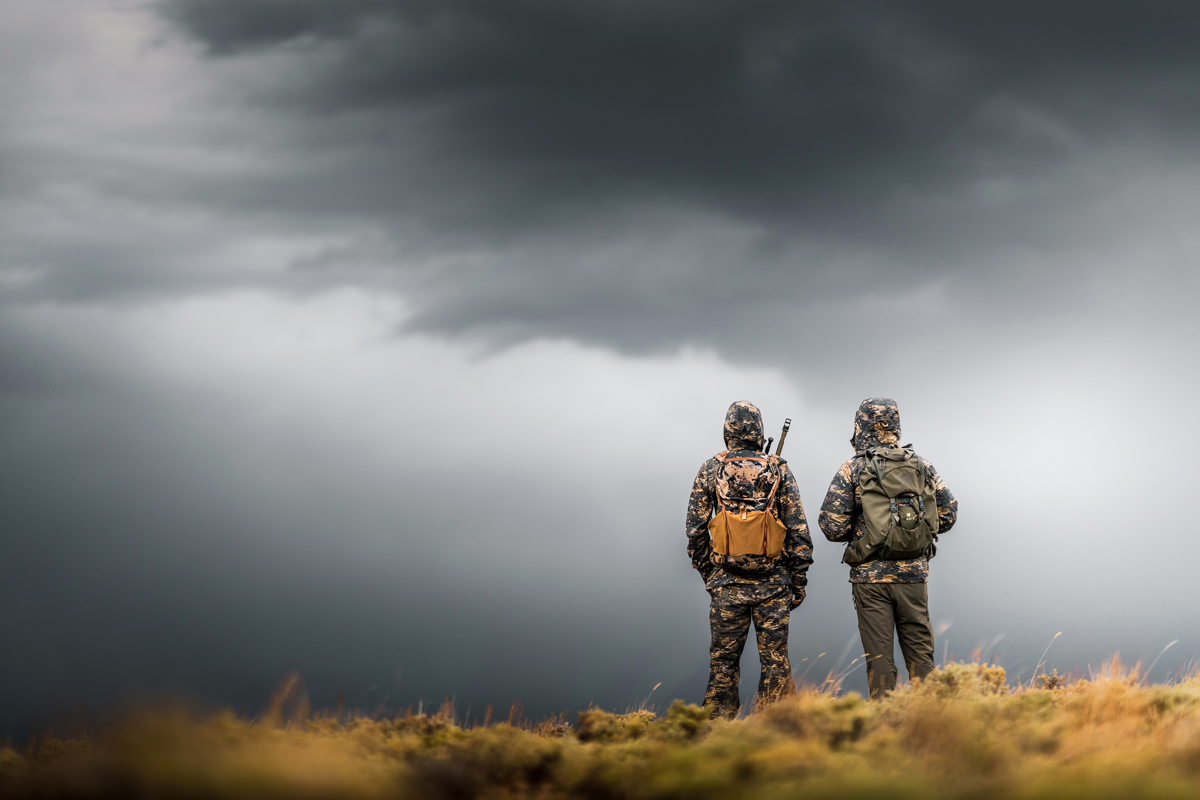




Excellent article. Finally, a credible conservation group is speaking out about Omega-Protein’s harmful practices in the Chesapeake Bay. I would like to post this article on the Menhadden-Little Fish, Big Deal FB page, as well as my own. Thank you again for taking this issue seriously. DSS
Absolutely, Deborah. Thanks for spreading the word.
I just forwarded this article to Menhaden…Little Fish, Big Deal. I also posted on Silver Besch Virginia and Occohanock Neck Neck sites.
Excellent message. Menhaden (bunker) are an important tropic provision to marine and estuarine ecosystems. We have seen dynamic resurgence of cetaceans and other charismatic species in NYS waters by dialing back quotas of menhaden. The Chesapeake is the engine of the East Coast fisheries. Extensive mining of a keystone species to support bogus fish oil claims and foreign aquaculture is morally and ethically wrong. Leave the fish in the bay to play the role they were designed by nature to fulfill. Leave the fish and watch the bay rebound. Leave the fish in the bay!!!!!
When you say, “we all know” and then state a statistic that clearly not everyone would know, it diminishes the valid points of your argument. Just saying-
Now, I have your attention and I am typing with my thumb into my semi-smart phone, a few years ago in the Tidewater paper, there was an article announcing a “gentlemen’s agreement” between Omega and the city of Va Beach where, Omega would not steal menhaden from within a mile to so from Chick’s and Va beach. In that article, then OP spokesperson, Monty Deal was quoted as saying, “if pushing OP out of Chesapeake Bay is the goal, that’s not a reasonable starting point for further discussion.” Or close to that. Everyone in the state (apparently) missed that because that is where we should have immediately sat down and negotiated further cuts in their current allowed harvest waters. Didn’t happen so, here we are, 3-4 years later not one dang bit closer to making it happen. Research that!
STOP all menhaden reduction fishing out of the Chesapeake Bay. This is killing the striped bass in the Chesapeake. I have fished the bay for 50 years and I ca not remember the last time I have seen large menhaden in the bay. The bass breed here and we are seeing less and less of large stripers. Stop Omega from fishing within the bay.
As a boat owner, and 2 different homes on the Northern Neck I feel Va does nothing for the Recreational fisherman! Every time a new regulation is put into place it’s always against us. I’m 58 years old and have been fishing the bay since I was 6 and have seen the different species come and go. Fish aren’t coming where there’s no bait!! On numerous occasions I’ve been in a group of boats trolling for rockfish and have the planes overhead , then the bay rapers show up and make a set right in the same area you’re trying to fish! Run their ass out the bay and VMRC start looking out for the ones bringing in your paycheck’s!! I hope Governor Yunkin will do something besides take money under the table like the previous administration’s!!
I just want to say I’m 60 years old and have been fishing the bay since I was a kid and they can say it’s not overfished by omega but that is a lie period. I have seen sea turtles and baby porpoise dead floating where they are netting menhaden porpoise pushing babies trying to get them to swim..if we killed turtles and porpoise we would be in jail…just venting.. foreign company destroying the bay and they won’t do anything…our political greedy officials….!!!
stop them for fishing menhaden.
Don’t let overviews dictate localized counts. Hold the fishing industry responsible for all species impact. Look at their bottom line. A small sacrifice on their behalf could impact local fish populations dramatically. Do they get taxed on taking US natural resources?
Menhaden reduction fishing should be removed from the Chesapeake Bay and not allied within the EEZ. We should buyout the current workers and Omega should consider farming their needs for menhaden oils. Thank You
I live on the bay and the striper fishing is 1/3 of what it was 7 years ago. I keep records. Omega is an industrial fishing company that definitely has negatively the overall fishery.
We all have the same idea and opinion that the Industrial Menhaden Fishing needs to stop. The problem I am seeing is there are only a few that are becoming regulars at these various meeting. It is great that we have all signed the petition, however, we need to be seen by the higher ups who decide what should be done! We all need to come together as a STRONG GROUP of concerned citizens and get our voices heard by the ones who make these decisions!!!!
We have started a paper petition, realizing that not everyone has a computer. I have gotten over 800 signatures on paper, which will be added to the TRCP online petition. Can you all take a leap of faith and take a paper petition to work, functions, anywhere to help get more signatures!! Now is the time!! We have their attention and we have to keep this going if we are ever going to put a stop to this!!! Please Please Please help get the word out!!
Thank you!!